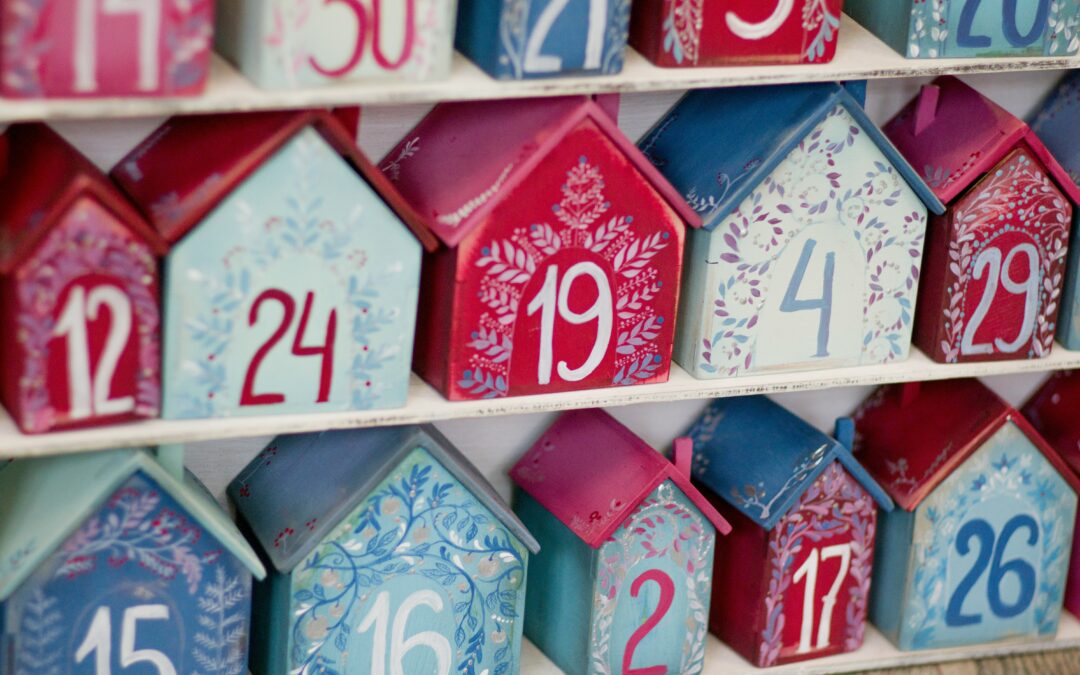We all know that some colors just go better together than others and are best suited for different purposes. That’s why very few people decorate their houses in bright oranges and purples, and why so many of us love to use neutrals and shades of blue. It’s also why restaurants and bars use bright neon lights to attract customers on a busy street.
The same thinking applies to company logos. You’ll notice that some brand color combinations seem to be more eye-catching, comforting, or energizing than others. Companies can use these color schemes strategically to create associations between their business and corresponding themes or emotions. Below, we’ll discuss leading color theories and correlations, as well as some examples from our own branding work to help you make the best color choices for your business.
Color Theories
Smart marketers know exactly which brand color palettes will attract the most attention. One strategy we use often is complementary colors, or colors that sit opposite from each other on the color wheel. These combinations, including blue/orange, purple/yellow and red/green, typically balance a dark color with a light, bright color. By creating high contrast between colors, your brand can create make a memorable, bold impact. Some famous examples of complementary color logos include Mtn Dew, Firefox, and the Los Angeles Lakers.
Not all brands want to make a striking, flashy impact, though. Companies in corporate or B2B spaces might prefer a brand color palette that reflects professionalism and harmony. These types of businesses often use an analogous color scheme with colors that are adjacent to each other on the color wheel. Others might choose one primary brand color and use neutral colors like white, gray, or black as secondary supporting colors. This more conservative approach to brand colors can be highly effective for businesses in more professional industries – as long as they choose the right color.
Color Psychology
The human brain naturally and subconsciously associates certain colors with corresponding themes, experiences, and emotions. As a result, the colors you choose to represent your brand will evoke a specific response from your audience. Of course, color perceptions and preferences are still subjective, but keeping common themes in mind can help brands choose a color scheme that fits their unique business.
We typically associate red with intense emotions, such as love, anger, and passion. It’s among the most attention-grabbing of all the colors, making it a popular choice among B2C brands.
Thanks to its connection to the sun, yellow typically represents warmth, energy, and optimism. It’s the only color with a longer wavelength than red, making it the most visible and eye-catching shade on the color wheel. However, it can be difficult to read in certain settings.
Orange is a happy medium between red and yellow. It can convey energy, enthusiasm and joy, and is great at capturing attention – just like its two parent colors.
Blue is the most common color used in brand logos, and it’s easy to see why. Blue represents calm and stability for many people, making it a logical choice for B2B companies. However, it’s also known as the least appetizing color, so it’s not used as frequently by retail brands.
To convey wisdom, creativity, or power, some brands turn to the color purple. It’s a particularly popular choice among luxury businesses thanks to its association with royalty and magic.
Green is naturally linked to nature in most people’s minds, which makes it a good choice for brands trying to reflect tranquility and growth. Green can also be associated with money, health, and safety (think of green traffic lights).
Lastly, black and white is a classic brand color combination that represents sophistication and mystery. On its own, black may appear somber and dark, but alongside clean white, it can create an appealing balance and contrast.
Brand Colors in Practice
As a marketing agency, we’ve had to create countless brand color palettes for our clients. In practice, selecting a color scheme isn’t as simple as choosing the shade that makes the most sense for the company’s industry. You also have to account for the brand’s audience, personality, values, and personal preferences. Weighing all of these factors together will help guide you toward the palette that best represents the company as a whole.
For example, we worked with a small chain of casual family restaurants on a rebrand a few years ago. We knew we wanted their color scheme to emulate comfort, warmth, and escape, while also matching the campfire theme used in their brand narrative. After presenting several options, we landed on maroon, gold, and dark navy. The maroon and gold help command attention in the crowded restaurant industry, while navy provides comfort and stability. Navy also symbolized the logs of a campfire, while maroon and gold represented the flame.
Conversely, a manufacturing software company we work with uses navy and light blue as their primary brand colors, as well as light yellow as an accent color. This analogous color scheme fits their professional, B2B audience. The shades of blue also help provide potential customers a sense of security when making a large purchase. Though our two clients’ color palettes are quite different, they’re both effective at connecting with their own audiences and conveying their unique brand messages.





0 Comments